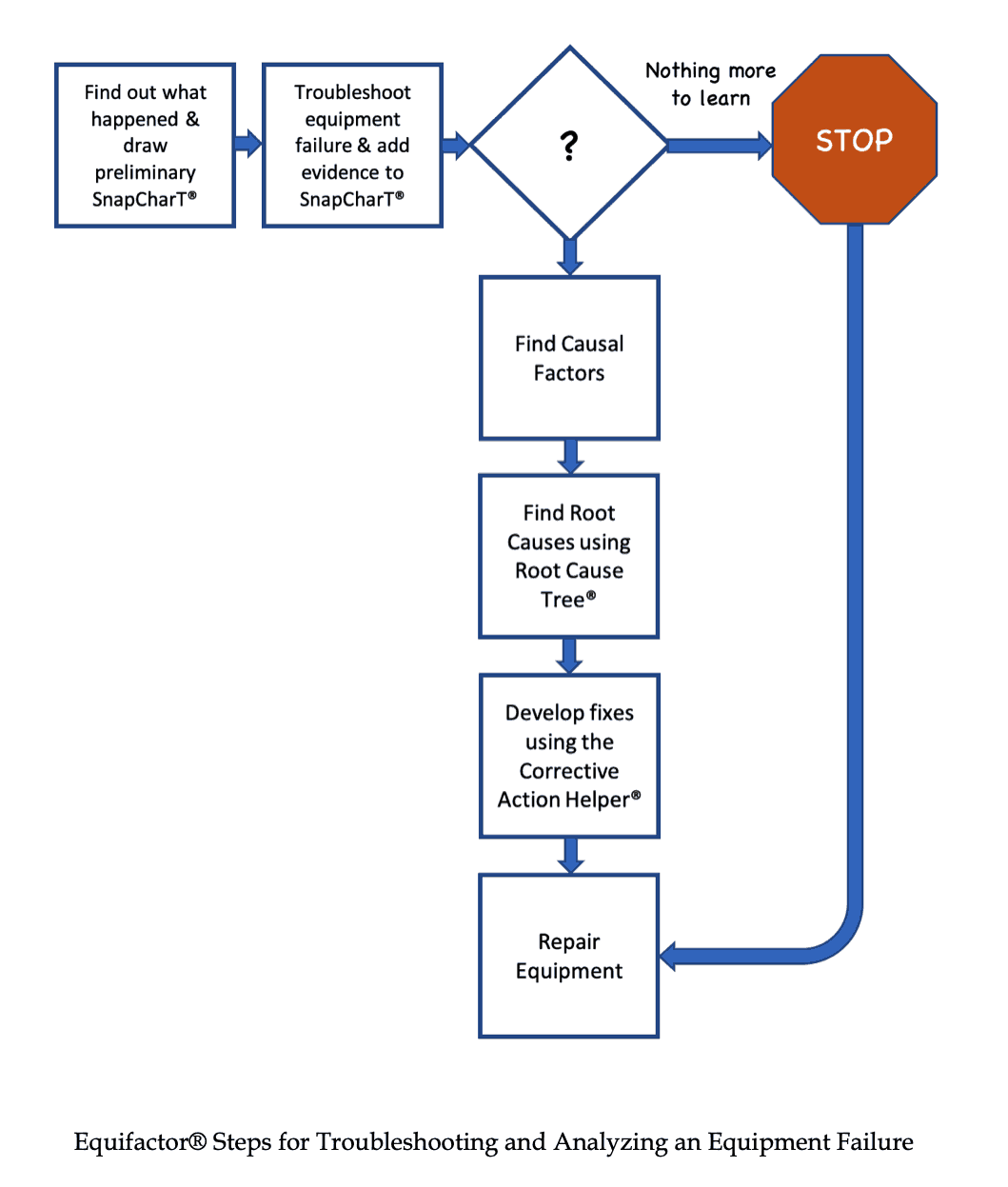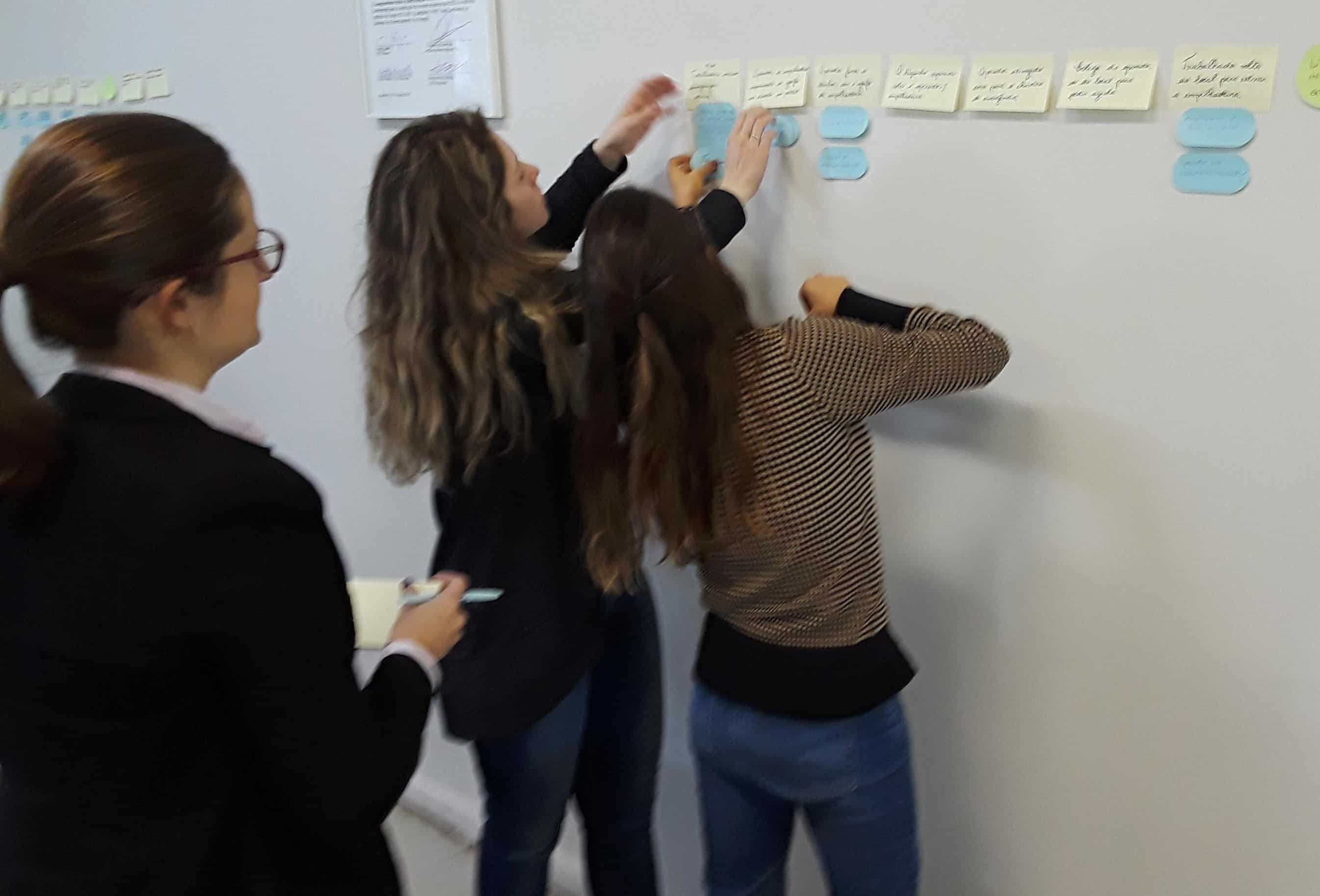What are the Basics of Equipment Reliability?

Mastering the unglamorous basics is the essence of reliability. How can you tell that the basics have NOT been mastered?
- Repeat equipment failures – 95% of pump failures are repeat issues.
- Replacing failed equipment without proving the failure mechanism (best guess/experience/statistics).
- Not investigating every equipment failure that causes downtime.
- Operations trump maintenance.
- Frequently hearing or reading “spurious” or “nuisance.”
- Allowing “Normal wear and tear” to be listed as a root cause of failure.
- Poor/no trending program.
- Not knowing off-hand the hourly value of downtime.
- Work required > hours available.
- Cost-benefit ratios applied to fixing functional failures.
- Using other metrics than total lifetime cost for equipment procurement.
- Operating envelope changes without equipment upgrades.
- Changing equipment strategy due to failures.
So what are the basics? The positive side of that list. Operations, design, maintenance, and reliability all have roles.
- Prove, understand, and remove failure mechanisms and failure agents before starting back up.
- Operationalize FMEAs and lessons learned by building and updating standardized troubleshooting guides for common and critical equipment.
- Evaluate equipment by total lifetime cost, and never on initial purchase price.
- Deeply scrutinize deferred maintenance.
- Correct functional failures or remove the equipment.
- Identify all root causes of equipment failure in a standardized and easy-to-trend framework.
- Design turnaround schedules that allow in-period maintenance to be completed. It’s a decision to start an unsafe plant, not a necessity.
If you don’t have a common language and structure for implementing and running the “unglamorous basics,” you cannot achieve reliability. The beauty of TapRooT® and Equifactor® is the established, standardized, objective framework and vocabulary for every step above!




How do global corporations implement TapRooT® Root Cause Analysis and Equifactor® Equipment Troubleshooting? Come to the TapRooT® Global Summit on Root Cause Analysis and THEY will tell you. Check out the Equipment Maintenance and Reliability best practice track for just a few of the presenters.




